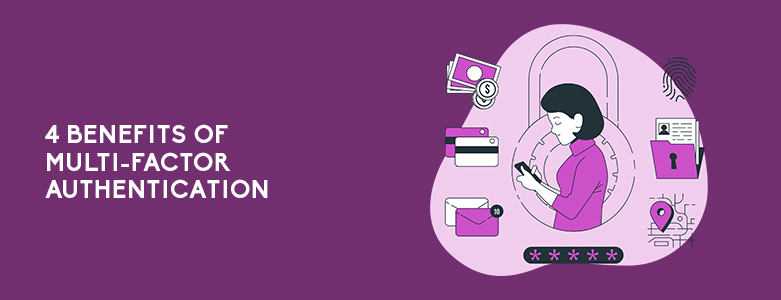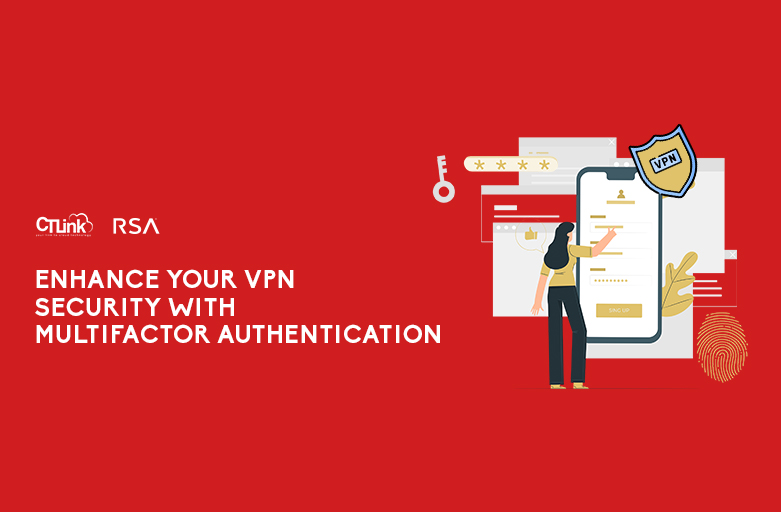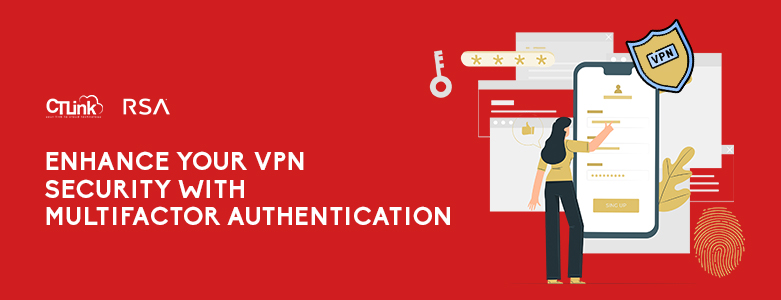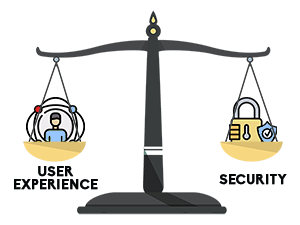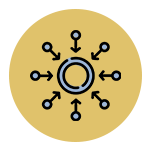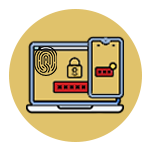What are the benefits of having multi-factor authentication?
- Stronger Identity Authentication
- Remote Work Security
- Easy Implementation
- Customizability
If you never thought about multi-factor authentication in the Philippines, you need to consider it now. From email accounts, bank accounts, and work databases—you need the right login credentials to gain access to these. But is having a simple username and password enough? If a hacker gains access to sensitive company information including assets and customer data—both money and people’s identities can be compromised. Interested in knowing more about multi-factor authentication benefits? Keep on reading!
Stronger Identity Authentication
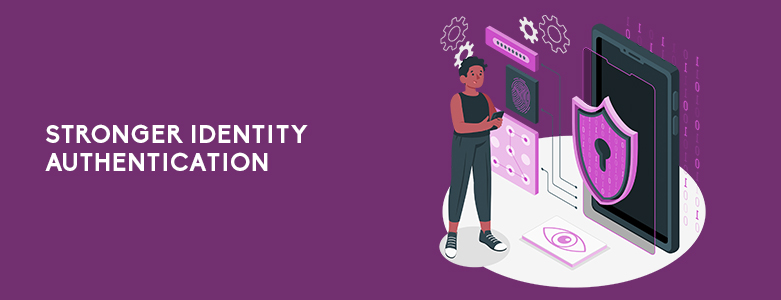
Multi-factor authentication (MFA) is a multiple identity authentication process required before a user can gain access to specific data. Some examples include something a user knows, such as a password or a PIN. The others could be something that they have, such as a one-time verification code sent through a text message or a USB device. Lastly, it could be something that a user is, like biometrics. Some examples would be face ID, iris recognition, and the like. f.)
With these additional authentication methods, you’re providing more layers of security before data can be accessed by users. It can be implemented as a mandatory protocol for both employees and consumers so an organization can verify that an authorized user is requesting access—not someone that is pretending to be them.
This way, even if hackers successfully obtain login credentials—such as a username and a password—if they don’t have access to the other authentication methods, it’s difficult to gain access to an account.
Remote Work Security
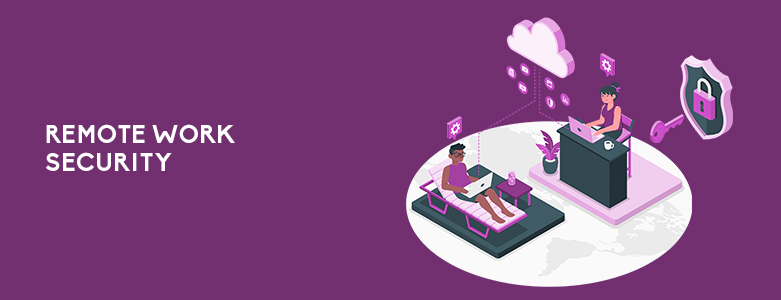
In recent years, more organizations are moving to remote work environments. Workers are completing their office tasks from different locations and companies are benefiting from a more agile workforce and lower business expenses. But with employees accessing your network from personal devices and out-of-office environments, it becomes difficult to identify if the user requesting access is authorized.
Nowadays, cybercriminals are taking advantage of remote work to hack accounts and gain access to a system. Some users are baited with fake emails to steal usernames and passwords. This is called phishing, a technique to trick people that they’re receiving legitimate requests from an authorized institution, like a bank. Others also guess passwords through brute-force attacks.
If a hacker pretends to be an employee by using a stolen username and password, they can explore your business data freely. This gives them access to bank accounts and sensitive customer information that can lead to further identity theft and even loss of money. With additional verification processes that hackers don’t have—like biometrics, MFA can make it extremely difficult for outsiders to gain entry to your network. Your IT Team can also be notified of any abnormal login attempts.
Easy Implementation
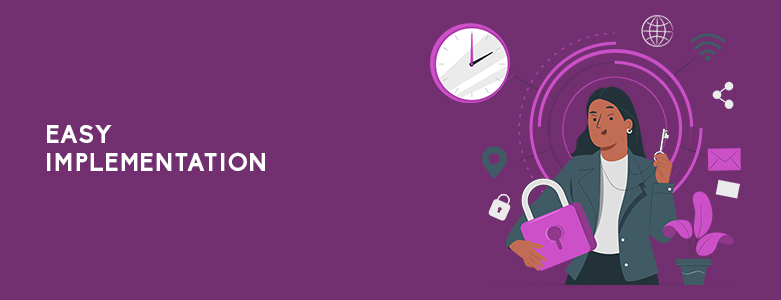
When a person first hears about the concept of “multi-factor authentication”, they might think that having more verification methods can make it complicated to access data. Because you need to verify your identity with additional processes, some organizations get the impression that it can affect productivity — SMS OTPs in particular may arrive late to the user’s device.
However, multi-factor authentication can actually help your employees gain access to your system with less hassle. For example, Citrix Gateway provides a single access point to data and applications located in your data center and the cloud. It also provides single-sign on capability for faster access to company information. This service is available across laptops, desktops, smartphones, and tablets.
With single-sign-on (SSO) capability, you don’t have to require multiple complex passwords for different applications. This removes the burden of remembering numerous passwords for users and reduces the need for password resets for the IT team. As a result, they have more time for core activities and other more important tasks.
Customizability And Flexibility
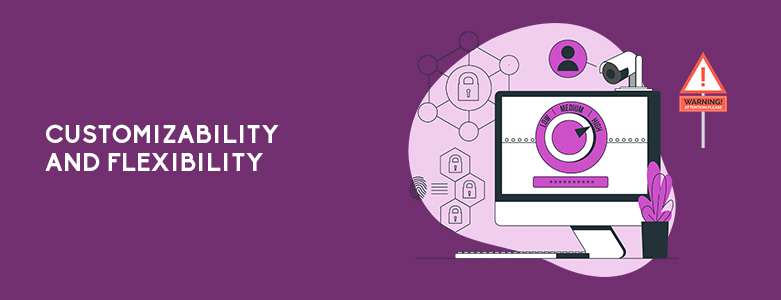
RSA’s SecurID provides a variety of authentication factors that allows more room for flexibility. With a range of MFA methods from biometrics to one-time-passwords, you can choose what option fits your organization best and require additional factors only when needed. You can even customize the levels of verifications according to the application type, location of the user, and more. Other than that, RSA SecurID can also detect user behavior. If a login attempt is tagged as high-risk, it will prompt more verification methods to ensure that the user is authorized. That means complying with additional OTP requests, RSA SecurID Token authentication, and more.
When it comes to flexibility, multi-factor authentication can be implemented on the cloud, on-premises, and hybrid cloud setups. Whether it’s remote or on-premises work, employees can more safely access and connect to the company network when logging into their accounts online.
Key Takeaway
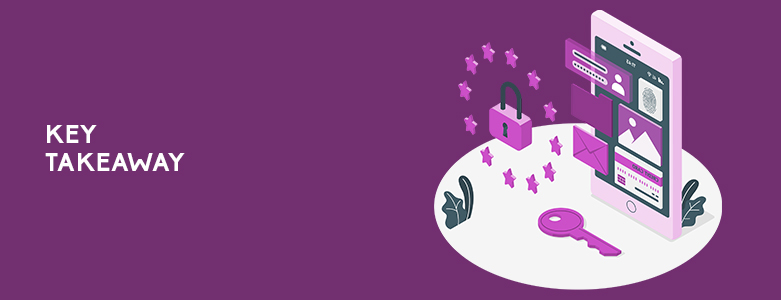
If you want to make your data more secure, you can’t rely on passwords alone. With multiple tactics employed by hackers, it is possible to have this login credential stolen. To improve security, you can implement additional verification methods that can make it difficult to gain access to your network.
Ready to learn more about how multi-factor authentication benefits your organization? CT Link can help you maximize the features of RSA SecurID and Citrix Gateway, an IT solution that can make your business data more secure without affecting user experience. If you’re interested in other IT products and services, you can also send a message here!

